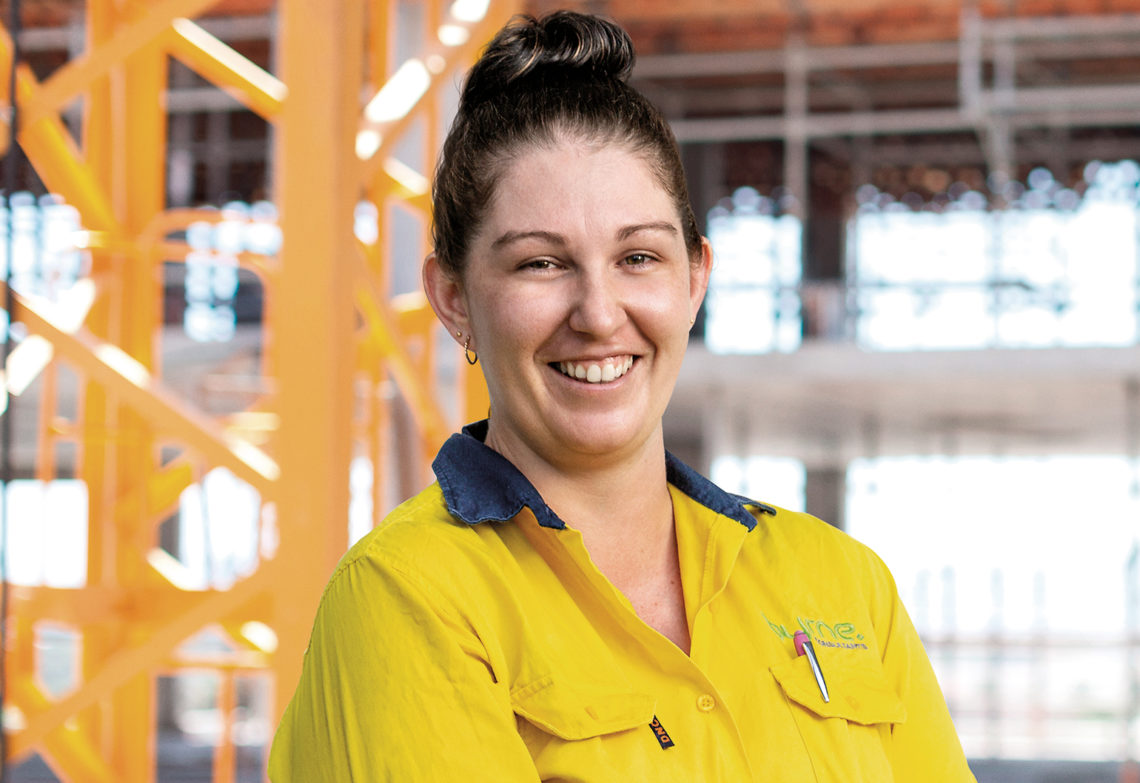When Natasha Bertinazzi moved to the Northern Territory (NT) from Queensland four years ago to work as a civil engineer, she did not know anyone in her new city.
Her response was to involve herself in as many engineering committees and organisations as she could find.
“That was one way of meeting people of similar background and developing a network,” she told create.
“But once I joined those committees, I found that I was really passionate about sharing my knowledge, mentoring and just being involved in the industry itself.”
That enthusiasm has seen her take on roles in Young Engineers Australia and the Urban Development Institute of Australia, Northern Territory. Currently, she’s Chair of the Northern Division of Women in Engineering.
“I’ve been Chair for two years now,” she said.
“What we strive to do is hit four strategic goals, which are STEM education, diversity, retention of senior women in the industry, and community awareness.”
The group holds events throughout the year tied to each of these goals, including one on 4 March, which coincides with World Engineering Day for Sustainable Development and International Women’s Day.
“It’s really specific to our area instead of general diversity,” Bertinazzi said.
“What we run is all about promoting our females in engineering and science, supporting them through that career, and ensuring that, as they get older or have children or as their life changes, we’re able to retain them.”
In her own work, Bertinazzi’s year is shaped by the elements.
“During the wet season I will predominantly do design work,” she said.
“And then into the dry season I run a construction team which consists of four of us, and we do anything from site supervision right through to technical site support.”
Among the recent work she is most proud of is her role in designing and overseeing road and subdivision projects in remote communities.
“Alleviating that pressure on families that are living with 15 people in a two or three-bedroom house,” she explains.
Bertinazzi said she pursued Chartered status to be ready if the NT requires engineers to be registered.
“They are moving forward with this. But they’re not there yet,” she said.
“The hope is that it’ll give me a stand-out point once the NT moves forward and implements accreditation lists so that Chartered engineers are required to sign off on drawings.”
Natasha Bertinazzi’s top tips for success
1. Don’t be afraid to go outside your comfort zone to learn something new. Failure is part of the learning process.
2. Continually ask questions of your managers and colleagues.
3. Find mentors who you can talk to about technical skills, work-life balance and the future of your career.
4. Find something you’re passionate about and that aligns with your purpose in life.
Interested in learning more about the Chartered credential? You may already have what it takes to become Chartered. Find out more here and start your pathway to Chartered today.



